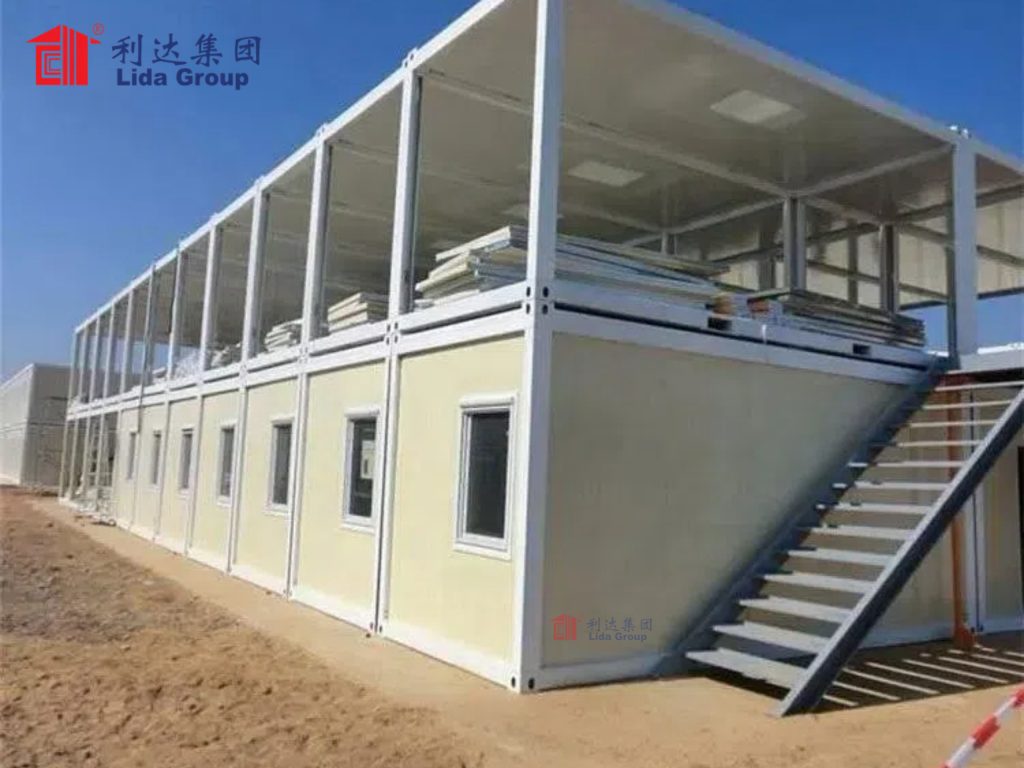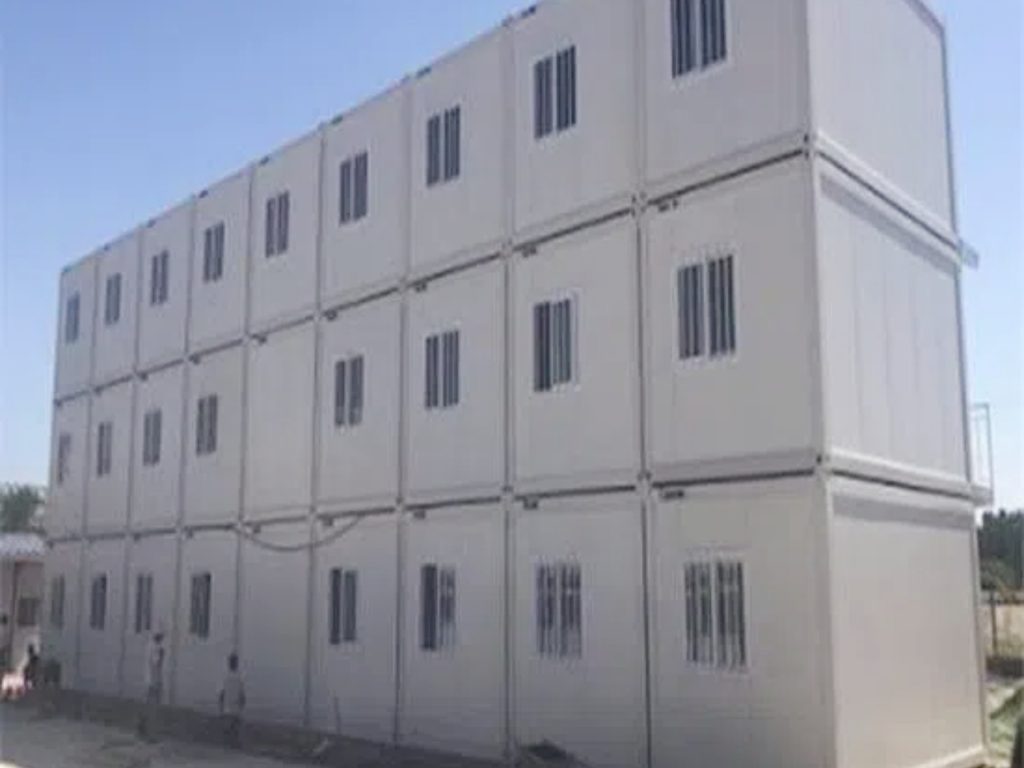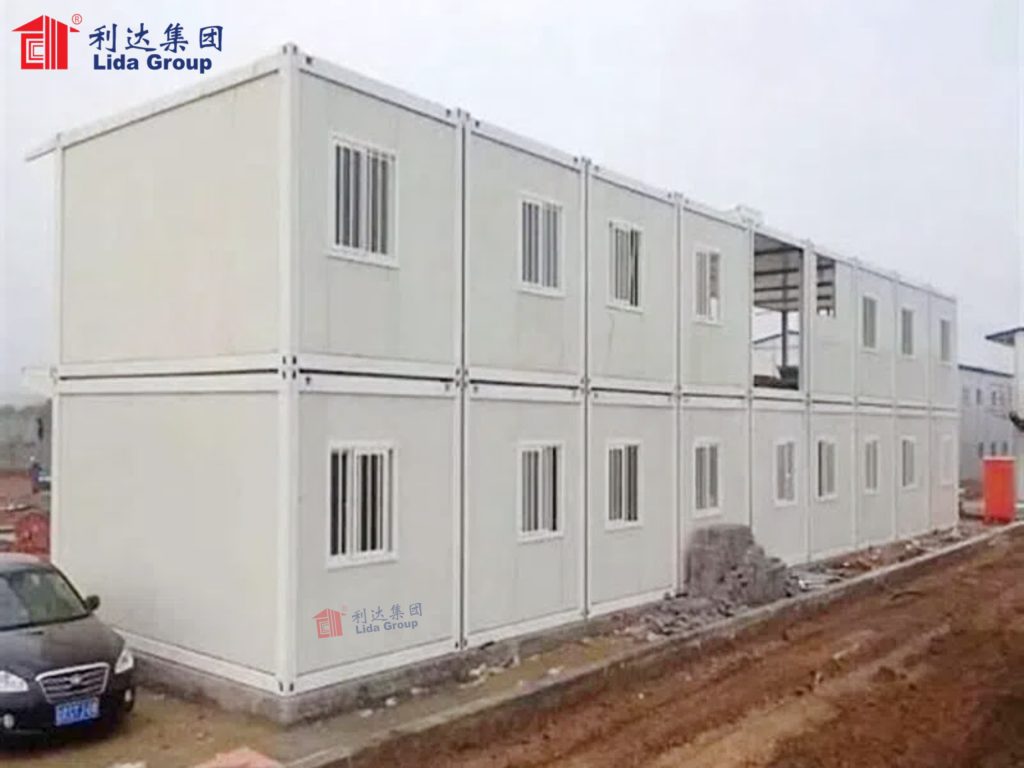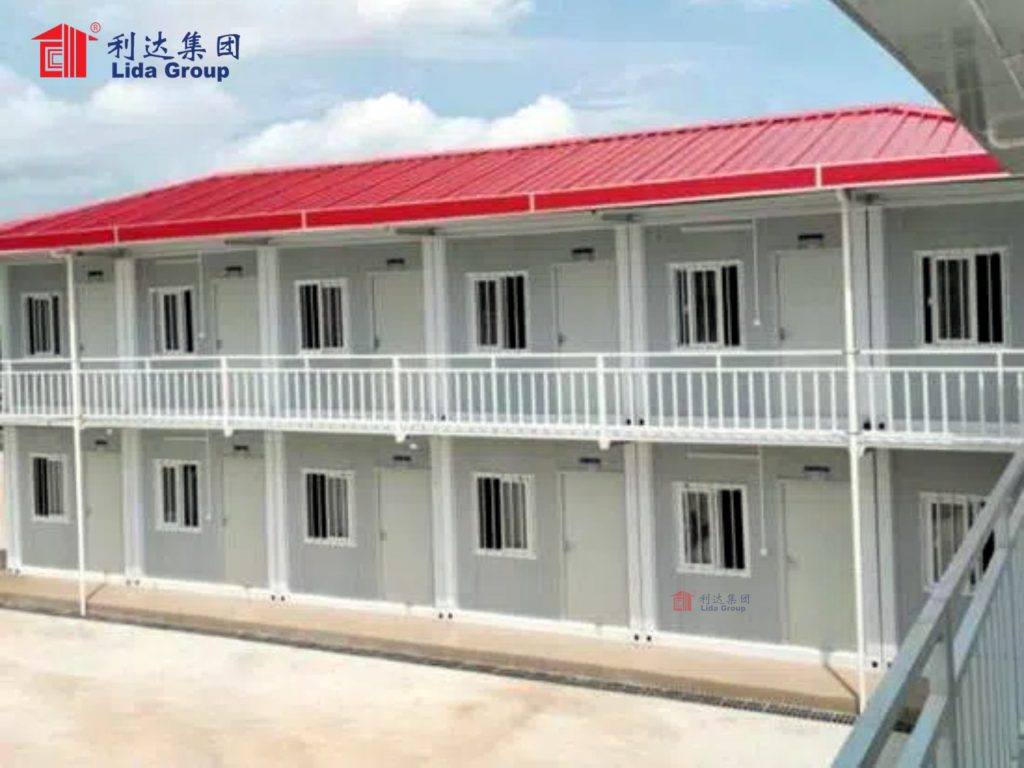**Introduction**
Shipping container homes have become a popular choice for those seeking affordable, sustainable, and innovative housing solutions. However, one of the most significant challenges of living in a steel container is maintaining a comfortable indoor temperature year-round. Steel is an excellent conductor of heat, which means that without proper insulation, container homes can become unbearably hot in the summer and freezing cold in the winter. Proper insulation is not just a luxury—it’s a necessity for creating a livable and energy-efficient space.
This article serves as a comprehensive guide to container home insulation. We will explore the importance of insulation, the different types of insulation materials available, and the best practices for insulating your container home to keep it comfortably cool in the summer and warm in the winter. By the end of this guide, you will have a clear understanding of how to transform your steel shelter into a cozy, energy-efficient home.
—
**Why Insulation is Crucial for Container Homes**
Before diving into the specifics of insulation, it’s essential to understand why insulation is so critical for container homes. Here are the key reasons:
1. **Temperature Regulation**: Steel conducts heat, making container homes prone to extreme temperatures. Insulation helps regulate indoor temperatures, keeping the space cool in the summer and warm in the winter.
2. **Energy Efficiency**: Proper insulation reduces the need for heating and cooling systems, lowering energy consumption and utility bills.
3. **Condensation Control**: Steel containers are prone to condensation, which can lead to mold, rust, and structural damage. Insulation helps prevent condensation by creating a barrier between the interior and exterior surfaces.
4. **Soundproofing**: Insulation also acts as a sound barrier, reducing noise from outside and creating a quieter living environment.
5. **Sustainability**: By improving energy efficiency, insulation contributes to a more sustainable and eco-friendly home.

**Types of Insulation Materials**
There are several types of insulation materials available, each with its own advantages and disadvantages. The choice of insulation material depends on factors such as climate, budget, and personal preferences. Here are the most common types of insulation used in container homes:
### **1. Spray Foam Insulation**
Spray foam insulation is one of the most popular choices for container homes. It is applied as a liquid that expands and hardens into a solid foam, creating a seamless barrier.
– **Advantages**:
– High R-value (insulation effectiveness) per inch.
– Provides both insulation and air sealing.
– Resistant to moisture and mold.
– **Disadvantages**:
– Higher cost compared to other insulation types.
– Requires professional installation.
– Can release harmful chemicals during application (use low-VOC options).
### **2. Rigid Foam Board Insulation**
Rigid foam boards are made from materials such as polystyrene, polyisocyanurate, or polyurethane. They are available in various thicknesses and can be cut to fit the container walls.
– **Advantages**:
– High R-value per inch.
– Lightweight and easy to install.
– Resistant to moisture and mold.
– **Disadvantages**:
– Can be more expensive than other insulation types.
– Requires careful sealing to prevent air gaps.
– May need additional fireproofing.
### **3. Fiberglass Insulation**
Fiberglass insulation is made from fine glass fibers and is available in batts or rolls. It is a common and affordable insulation option.
– **Advantages**:
– Cost-effective.
– Easy to install (DIY-friendly).
– Non-flammable.
– **Disadvantages**:
– Lower R-value per inch compared to spray foam or rigid foam.
– Prone to moisture absorption, which can reduce effectiveness.
– Can cause skin irritation during installation.
### **4. Reflective Insulation (Radiant Barrier)**
Reflective insulation consists of a reflective surface (usually aluminum foil) that reflects radiant heat. It is often used in conjunction with other insulation types.
– **Advantages**:
– Effective at reflecting heat, making it ideal for hot climates.
– Lightweight and easy to install.
– Resistant to moisture and mold.
– **Disadvantages**:
– Less effective in cold climates.
– Does not provide significant R-value on its own.
– Requires an air gap to be effective.
### **5. Wool Insulation (Sheep’s Wool or Recycled Denim)**
Wool insulation is an eco-friendly option made from natural or recycled materials. It is available in batts or loose-fill form.
– **Advantages**:
– Sustainable and environmentally friendly.
– Excellent moisture regulation.
– Provides soundproofing.
– **Disadvantages**:
– Higher cost compared to fiberglass.
– Lower R-value per inch.
– May require additional fireproofing.

**Step-by-Step Guide to Insulating a Container Home**
Now that we’ve covered the types of insulation materials, let’s dive into the step-by-step process of insulating a container home.
### **Step 1: Plan Your Insulation Strategy**
Before starting, determine which areas of the container need insulation. Typically, the walls, roof, and floor are the primary areas to insulate. Consider the climate in your region and choose the appropriate insulation material and thickness.
### **Step 2: Prepare the Container**
– **Clean the Interior**: Remove any dirt, grease, or debris from the container walls.
– **Inspect for Damage**: Check for rust, holes, or structural issues and repair them before insulating.
– **Apply a Rust Inhibitor**: Treat the interior surfaces with a rust inhibitor to prevent future corrosion.
### **Step 3: Install a Vapor Barrier**
A vapor barrier is essential to prevent condensation. Install a vapor barrier (such as polyethylene sheeting) on the interior walls before adding insulation. This barrier will keep moisture from penetrating the insulation.
### **Step 4: Install Wall Insulation**
– **Spray Foam**: Apply spray foam insulation evenly across the walls. Ensure complete coverage, especially in corners and around openings.
– **Rigid Foam Boards**: Cut the foam boards to fit the wall dimensions and secure them with adhesive or mechanical fasteners. Seal the edges with tape to prevent air gaps.
– **Fiberglass or Wool**: Place fiberglass batts or wool insulation between wall studs. Ensure a snug fit to avoid gaps.
### **Step 5: Insulate the Roof**
The roof is a critical area for insulation, as it is exposed to direct sunlight and heat.
– **Spray Foam**: Apply spray foam to the roof interior for seamless coverage.
– **Rigid Foam Boards**: Secure foam boards to the roof using adhesive or fasteners. Consider adding a reflective barrier for additional heat reflection.
– **Fiberglass or Wool**: Install insulation between roof rafters, ensuring no gaps.
### **Step 6: Insulate the Floor**
The floor is often overlooked but is essential for maintaining a comfortable temperature.
– **Spray Foam**: Apply spray foam to the underside of the floor for complete coverage.
– **Rigid Foam Boards**: Attach foam boards to the floor using adhesive or fasteners.
– **Fiberglass or Wool**: Place insulation between floor joists, ensuring a tight fit.
### **Step 7: Seal Air Leaks**
After installing insulation, seal any air leaks around windows, doors, and electrical outlets. Use caulk or weatherstripping to create an airtight seal.
### **Step 8: Finish the Interior**
Once the insulation is in place, you can finish the interior with drywall, paneling, or other materials. Ensure that the insulation remains intact and that no gaps are created during the finishing process.

**Additional Tips for Maintaining Comfort**
1. **Ventilation**: Proper ventilation is crucial for preventing condensation and maintaining air quality. Install vents or a mechanical ventilation system to ensure adequate airflow.
2. **Windows and Doors**: Use energy-efficient windows and doors with double or triple glazing to reduce heat transfer.
3. **Shading**: Install shading devices such as awnings, pergolas, or trees to block direct sunlight and reduce heat gain in the summer.
4. **Heating and Cooling Systems**: Choose energy-efficient heating and cooling systems, such as mini-split heat pumps, to maintain a comfortable temperature year-round.
—
**Case Studies: Real-World Examples of Insulated Container Homes**
To illustrate the effectiveness of proper insulation, here are a few real-world examples of insulated container homes:
### **Case Study 1: Desert Container Home**
In a hot desert climate, a container home was insulated with spray foam and a reflective radiant barrier. The combination of insulation and shading devices kept the interior cool, even during scorching summer temperatures.
### **Case Study 2: Mountain Retreat**
In a cold mountain region, a container home was insulated with rigid foam boards and wool insulation. The home remained warm and cozy throughout the winter, with minimal heating required.
### **Case Study 3: Urban Container Home**
In a bustling city, a container home was insulated with fiberglass batts and finished with drywall. The insulation provided excellent soundproofing, creating a quiet and comfortable living space despite the noisy surroundings.

**Conclusion**
Insulating a container home is a critical step in creating a comfortable, energy-efficient, and sustainable living space. By understanding the importance of insulation and choosing the right materials and techniques, you can transform a steel shipping container into a cozy and functional home that remains comfortably cool in the summer and warm in the winter.
From spray foam and rigid foam boards to fiberglass and wool insulation, there are numerous options to suit your needs and budget. Proper planning, installation, and maintenance are key to ensuring the effectiveness of your insulation and maximizing the benefits of your container home.
As the demand for innovative and sustainable housing solutions continues to grow, container homes represent a promising option for those seeking affordability, durability, and environmental responsibility. With the right insulation strategy, you can enjoy the unique charm of a container home while staying comfortable year-round.
In conclusion, container home insulation is not just about temperature control—it’s about creating a livable, energy-efficient, and sustainable space that meets your needs and reflects your values. By following the tips and guidelines outlined in this article, you can turn your steel shelter into a dream home that stands the test of time.

Related news
-
Lida Group Unveils Steel Structural Building Innovations for Constructing Metal Endurable Farm Houses and Warehouses
2025-03-20 15:54:03
-
Lida Group's Low Cost Worker Dormitories Offer Unmatched Safety and Comfort through Advanced Fireproof and Waterproof Technologies
2025-03-14 14:12:11
-
Lida Group's Container Modular Houses Deliver Quick, Reliable Shelter Solutions for Temporary Labor Camps
2025-02-26 14:57:43
contact us
- Tel: +86-532-88966982
- Whatsapp: +86-13793209022
- E-mail: sales@lidajituan.com


